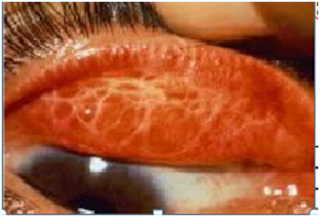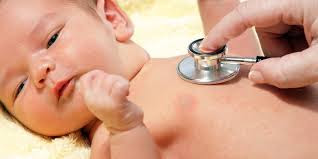Nursing Care Plan for Trachoma

Trachoma is the world's leading cause of preventable blindness and the second cause of blindness after cataract. Blindness from trachoma occurs after years of repeated infection with the microorganism, Chlamydia trachomatis. The process of infection and re-infection starts in early childhood and may continue to adulthood, if the cycle is not broken. Women have a two to three times the rate of advanced trachoma and blindness than men, because as mothers, grandmothers and older sisters who care for children (the main source of active trachoma infection), they are redundant and are constantly exposed to bacteria. Trachoma is caused by Chlamydia trachomatis and is spread through direct contact with the eyes, nose, and throat are exposed to liquid (containing bacteria) of people living with, or in contact with inanimate objects, such as towels and / or rags, which once contact is similar to the liquid , Flies can also be a route of transmission. If left untreated, repeated trachoma infe...


